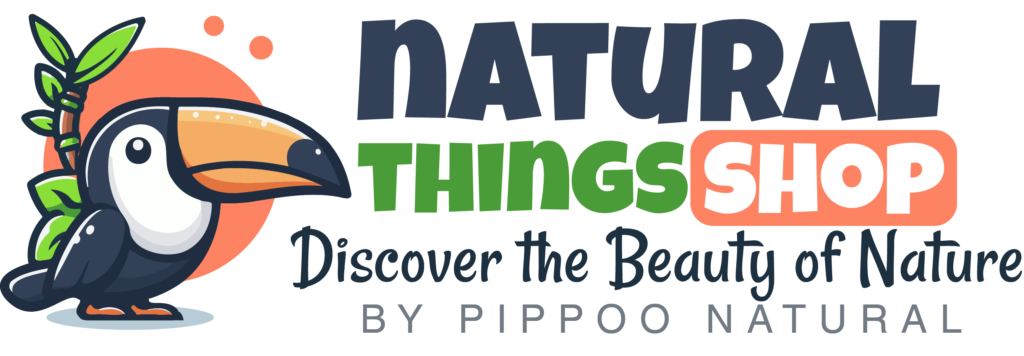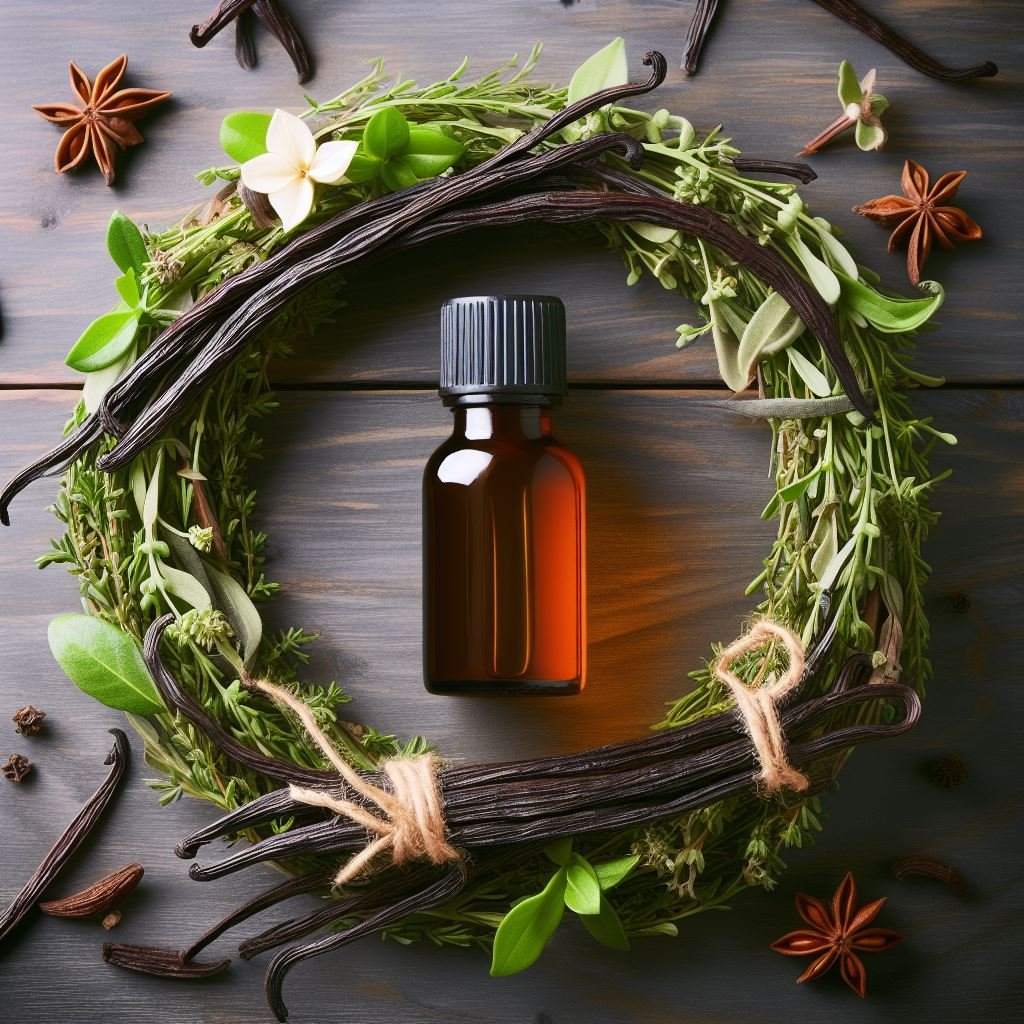Unveiling the Secrets of Natural Vanilla Essential Oil: A Comprehensive Guide
Vanilla, with its rich, sweet aroma, is a beloved flavor in the culinary world. Beyond its use in cooking, vanilla extends its charm into the realm of essential oils, with Natural Vanilla Essential Oil being a delightful and aromatic addition to the world of natural fragrances. In this comprehensive guide, we’ll delve into the origins, extraction process, uses, and benefits of Vanilla Oil, offering a closer look at this aromatic treasure.
What Is Natural Vanilla Essential Oil?
This fabulous Oil is derived from the vanilla bean, the fruit of the vanilla orchid (Vanilla planifolia). Native to Mexico, this orchid has now found homes in various tropical regions worldwide. The vanilla bean is a lengthy pod filled with thousands of tiny seeds, which are crucial for the extraction of this Oil.
Aromatherapy and Fragrance of Natural Vanilla Oil:
It is renowned for its warm, sweet, and comforting scent. In aromatherapy, it is often used to evoke feelings of relaxation and tranquility. The aroma of this marvelous Oil is believed to have mood-enhancing properties, making it a popular choice for diffusers, candles, and personal fragrances.
Culinary Uses:
While Vanilla Oil is not as commonly used in cooking as vanilla extract, it can still add a unique twist to culinary creations. A few drops of this wondrous oil can infuse a subtle and sophisticated flavor into baked goods, beverages, and desserts. It’s important to note that Vanilla Oil is highly concentrated, so a little goes a long way.
Skincare and Wellness:
Vanilla Oil is not just a treat for the senses; it also offers potential skincare benefits. Its antioxidant properties may help protect the skin from free radicals, while its soothing aroma can contribute to stress relief. When diluted in a carrier oil, this Oil can be applied topically to moisturize and nourish the skin.
In conclusion, Vanilla Oil is a fragrant gem that extends the beloved aroma of vanilla beyond the kitchen. Whether used in aromatherapy, culinary pursuits, or skincare, this essential oil brings warmth, comfort, and a touch of sophistication. Embrace the sweet allure of this marvel Oil and discover the versatile ways it can enhance your life, from creating a serene ambiance to adding a gourmet touch to your favorite recipes.
How is Natural Vanilla Oil Obtained?
Vanilla Oil, with its sweet and captivating fragrance, is a prized essential oil that adds a touch of luxury to the world of aromatherapy and personal care. But have you ever wondered about the journey from vanilla bean to the aromatic elixir known as Vanilla Oil? In this guide, we’ll unravel the secrets of how Vanilla Oil is obtained, exploring the intricate process that transforms humble vanilla beans into this fragrant treasure.
The Vanilla Orchid and Its Beans:
Vanilla Oil originates from the vanilla bean, the fruit of the vanilla orchid (Vanilla planifolia). Native to Mexico but now cultivated in tropical regions globally, these orchids produce lengthy pods filled with tiny seeds. It is these seeds that hold the key to extracting the precious Vanilla Oil.
Harvesting and Curing:
The process begins with the careful hand-harvesting of the vanilla beans. Typically, the beans are picked when they are still green and not fully ripe. The curing process is where the magic happens. The beans are blanched, sweated, and sun-dried over several weeks, allowing enzymatic reactions to transform precursor compounds into the rich and classic vanilla aroma we all love.
Extraction Techniques:
The next step in obtaining Vanilla Oil involves extraction. There are a few methods employed, with the most common being solvent extraction. In this process, the cured beans are macerated, and a solvent is used to draw out the aromatic compounds. This results in a highly concentrated Vanilla Oil.
Alternatively, a more natural method involves steeping the cured beans in a carrier oil, such as jojoba or coconut oil. This creates a Vanilla-infused oil through a gentler process, capturing the essence of vanilla without the use of harsh solvents.
Distillation and Concentration:
For those seeking a more concentrated form of Vanilla Oil, distillation is another method. This involves using steam to extract the aromatic compounds from the vanilla beans. The resulting steam is then condensed, separating the oil from the water, and leaving behind a highly potent Vanilla Oil.
Quality Matters:
The quality of Vanilla Oil depends on several factors, including the quality of the vanilla beans, the extraction method, and the overall processing conditions. High-quality Vanilla Oil is often sourced from premium vanilla beans and extracted using methods that preserve the integrity of the aromatic compounds.
Final Thoughts:
In conclusion, the journey from vanilla bean to Vanilla Oil is a carefully orchestrated process that combines nature’s bounty with human ingenuity. From the sun-drenched fields where vanilla orchids thrive to the meticulous curing and extraction methods, each step contributes to the creation of this exquisite essential oil. So, the next time you savor the sweet aroma of Vanilla Oil, you can appreciate the art and science behind its creation, turning a simple vanilla bean into a fragrant masterpiece.
What is Composition of Vanilla Oil?
Vanilla oil, renowned for its sweet and comforting fragrance, is more than just a delightful scent – it’s a complex blend of natural compounds that make it a versatile addition to various applications. Extracted from the vanilla bean, this essential oil offers a captivating aroma that has captured the hearts of many. In this SEO-friendly exploration, we’ll unravel the aromatic secrets by exploring the intricate composition of vanilla oil and its diverse range of components.
1. Vanillin: The Heart of Vanilla:
- Dominating the composition, vanillin is the primary component responsible for the classic sweet and warm scent of vanilla.
- Known for its calming properties, contributing to the soothing effects of vanilla oil in aromatherapy.
2. Vanillic Acid: Adding a Subtle Note:
- Aromatic compound that complements vanillin, providing a nuanced layer to the fragrance profile.
- Exhibits antioxidant properties, contributing to the potential health benefits of vanilla oil.
3. Eugenol: A Spicy Undertone:
- Adds a hint of spice to the overall aroma, balancing the sweetness of vanillin.
- Recognized for its antimicrobial and anti-inflammatory properties, enhancing the oil’s holistic appeal.
4. Coumarin: A Touch of Warmth:
- Contributes to the warm and cozy notes in vanilla oil’s scent.
- Offers potential benefits for skin health and may contribute to the oil’s soothing effects.
5. B-complex Vitamins: Nourishing the Senses:
- Vanilla oil contains trace amounts of B-complex vitamins, including niacin, thiamin, and pantothenic acid.
- These vitamins can provide nourishment, potentially benefiting the skin when used in skincare formulations.
6. Antioxidants: Guardians of Well-being:
- Vanilla oil is rich in antioxidants that help neutralize free radicals, supporting overall skin health.
- The presence of antioxidants contributes to the potential anti-aging properties of vanilla oil.
7. Carrier Oils: Enhancing Dilution and Application:
- Vanilla oil is often diluted with carrier oils like jojoba or coconut oil during extraction.
- These carrier oils not only aid in the extraction process but also offer additional benefits for the skin when the oil is applied topically.
In conclusion, the composition of vanilla oil is a harmonious blend of compounds that extends beyond its delightful aroma. From the sweet embrace of vanillin to the nuanced tones of vanillic acid and the warm accents of eugenol and coumarin, each element contributes to the rich symphony that is vanilla oil. Whether used in aromatherapy, skincare, or culinary pursuits, the diverse composition of vanilla oil makes it a versatile and cherished essential oil in the world of natural fragrances and well-being.














Reviews
There are no reviews yet.